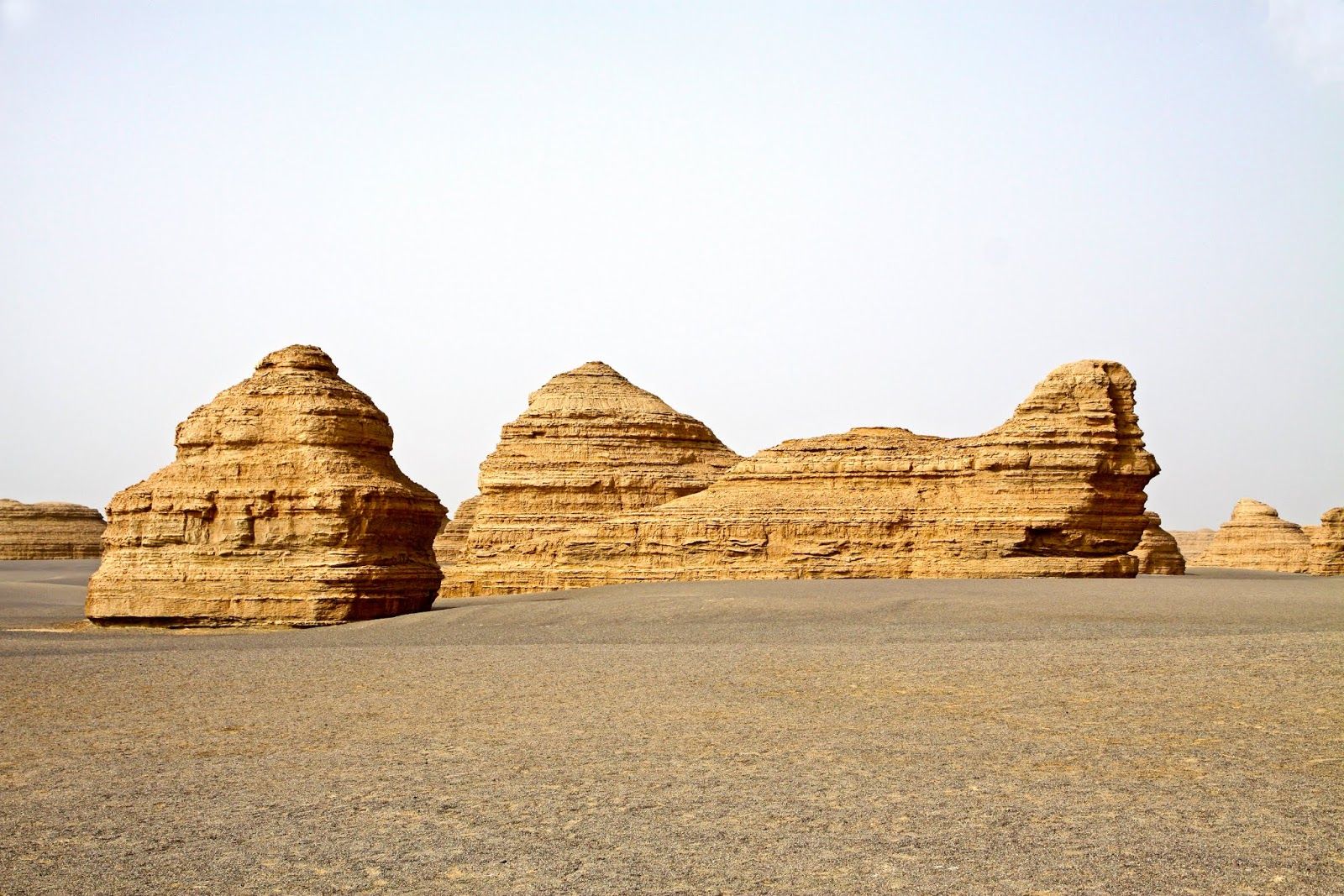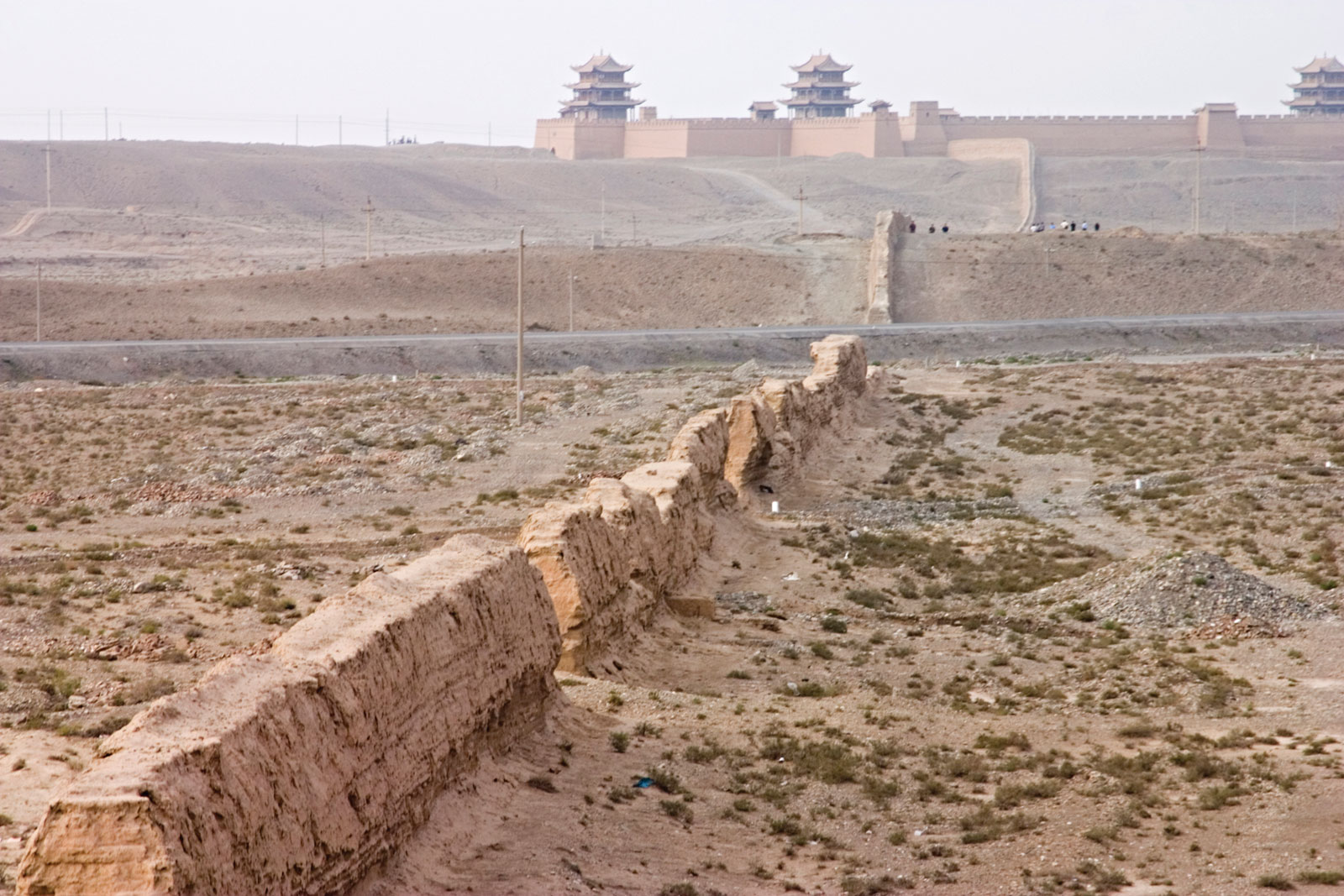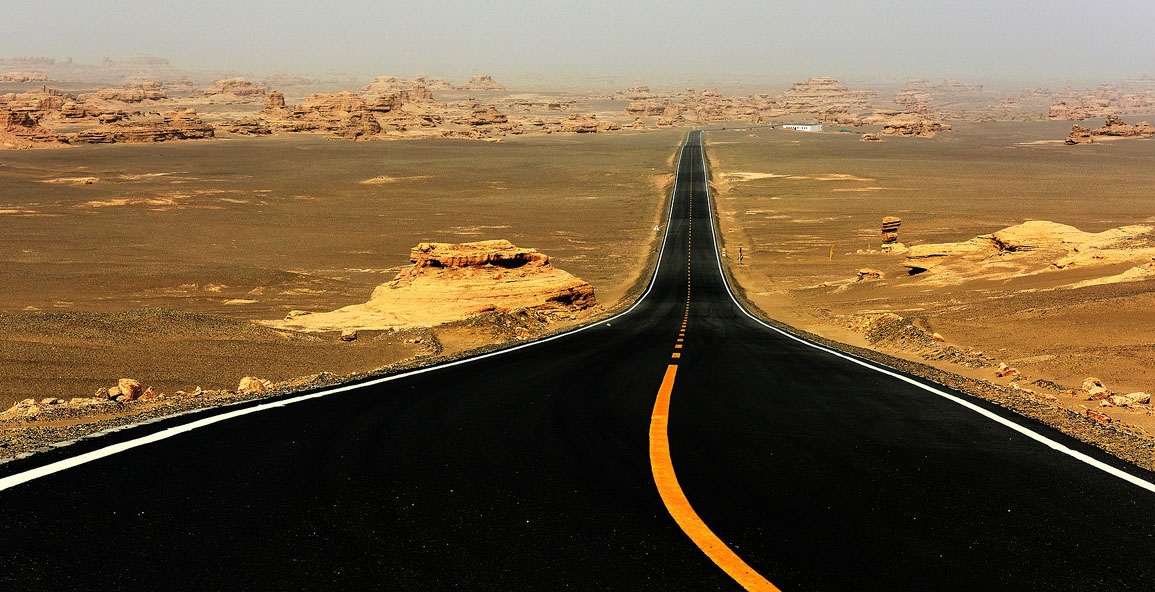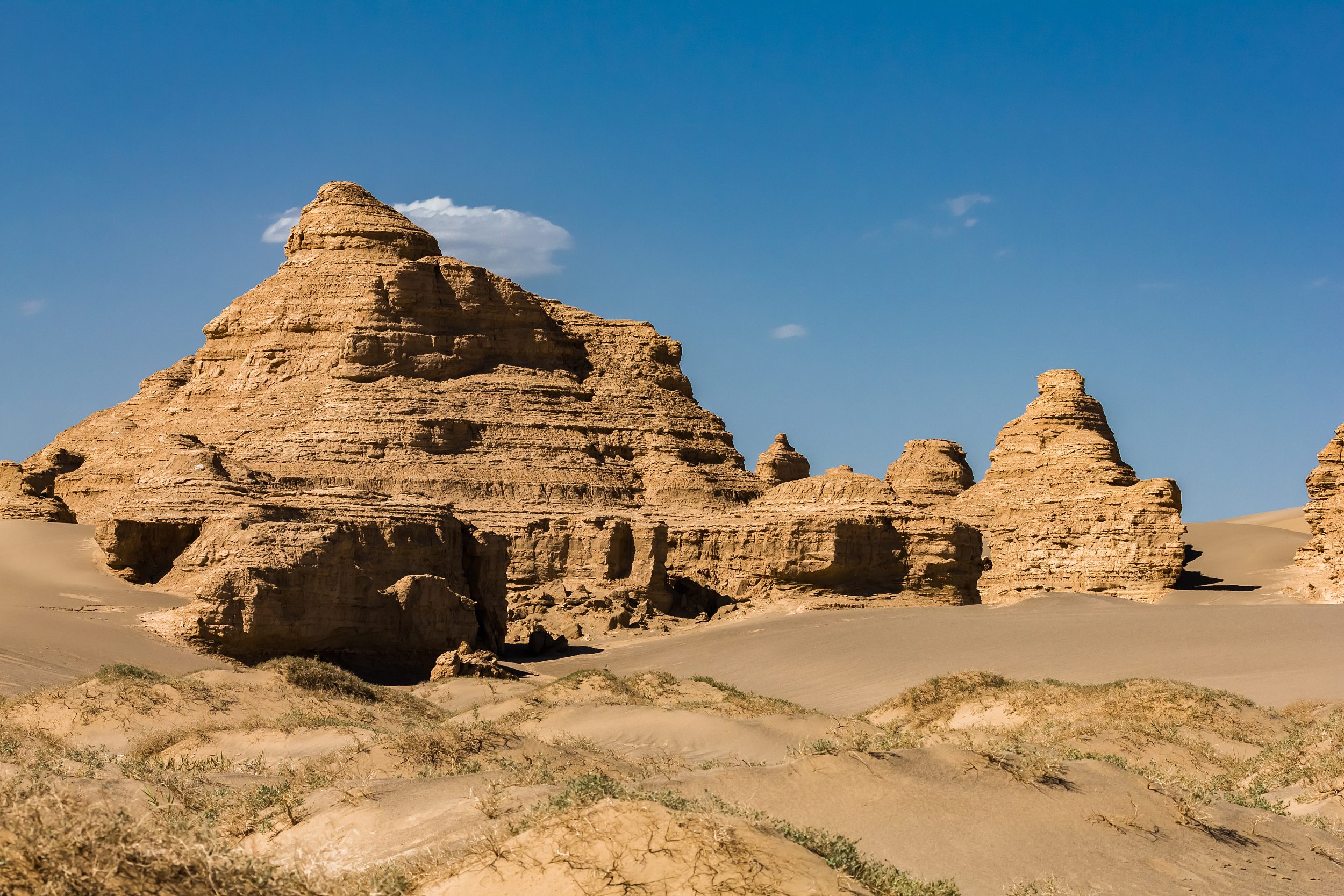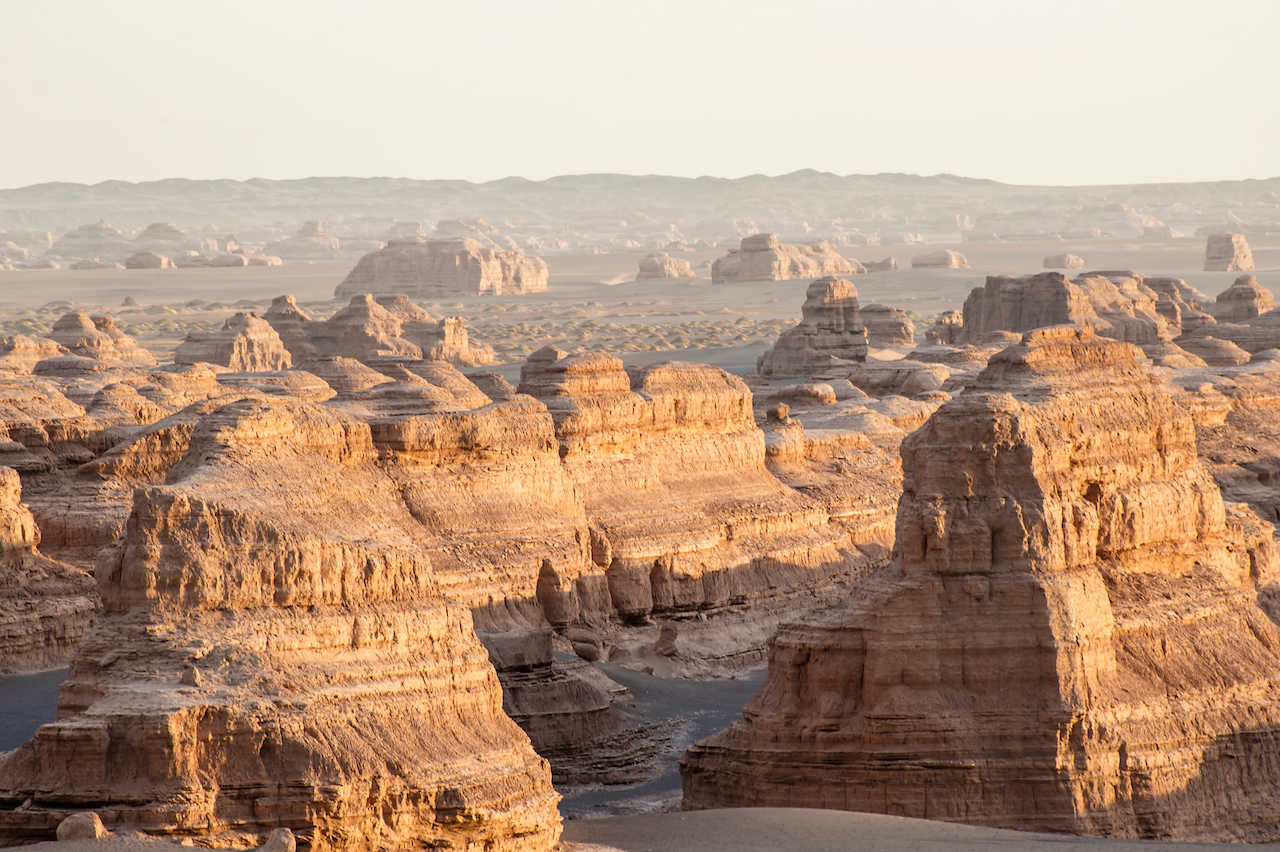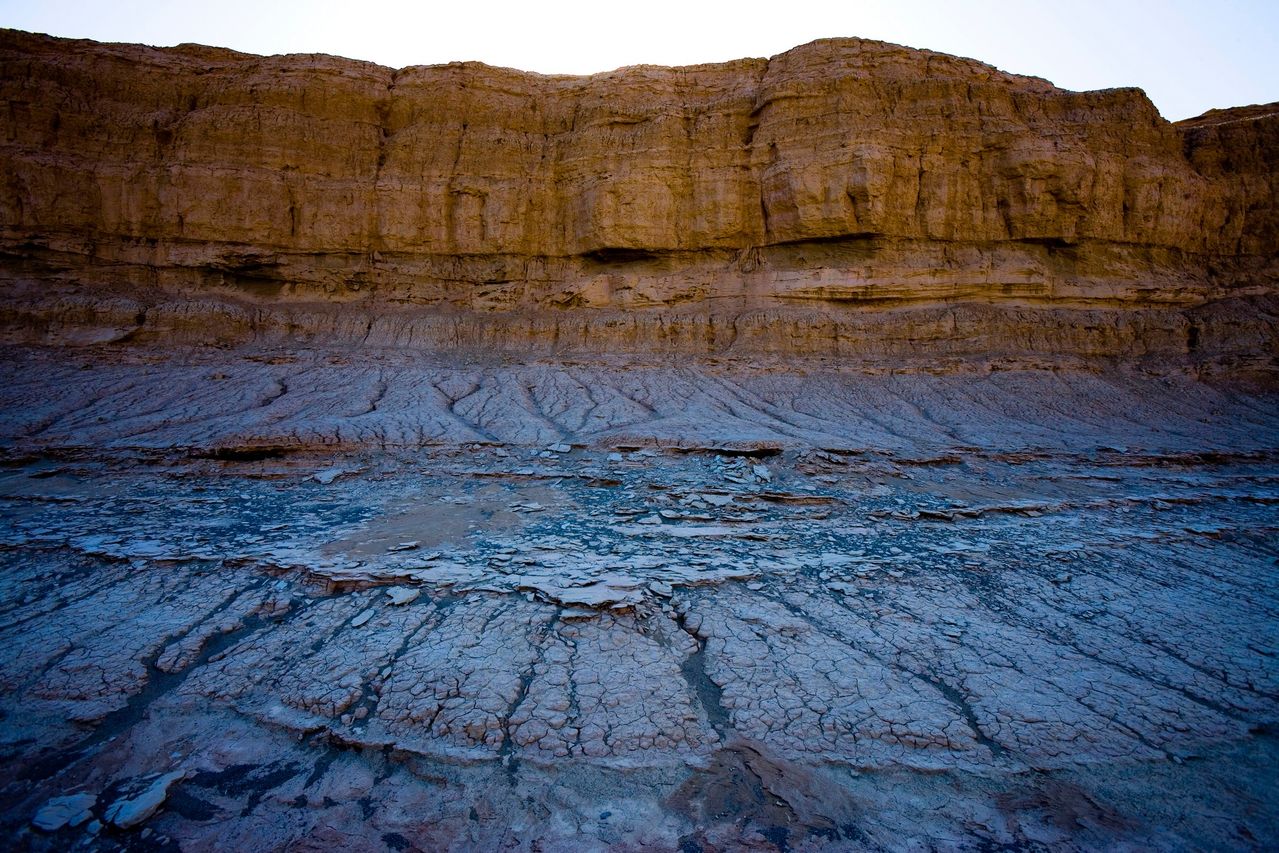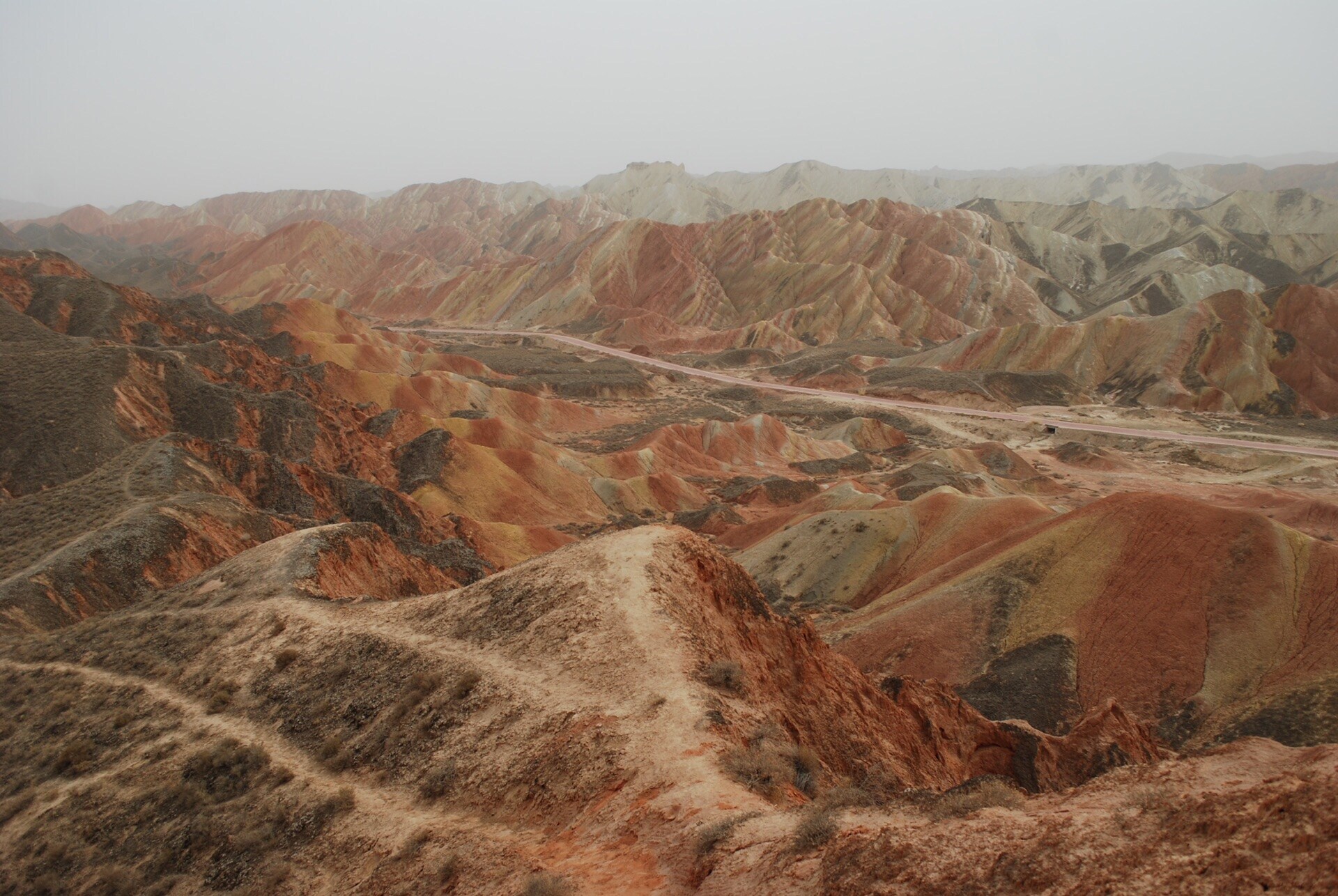 Photo permit included
Photo permit included
 Tour by public transport
Tour by public transport
 Canal Boat tour included
Canal Boat tour included
 Train tickets included
Train tickets included
 Suitable for little children
Suitable for little children
 Wheelchair accessible tour
Wheelchair accessible tour
 Museum ticket included
Museum ticket included
 Light snack included
Light snack included
 Lunch included
Lunch included
 Transportation included
Transportation included
 Walking Tour
Walking Tour
Visiting Dunhuang, you will feel like getting back in time. Jade Gate Pass, Ghost City, and Han Dynasty Great Wall Ruin are ready to share their secrets with you. Don't forget to take your camera as you can take thousands of fascinating photos. Explore the place with a thousand-year history.
What's included
- English-speaking guide
- Pick-up and drop-off
- Transportation
- Lunch
- Entrance fees (Yumen Pass; Great Wall of Han Dynasty; Yadan National Geological Park)
- Personal expenses
- Gratuities
- Pick-up and drop-off from/to the centrally located Dunhuang hotel
Highlights
Itinerary
08:00
Your tour will start when your tour guide meets you in the lobby of your lobby.
After a 1.5-hour, you will get to Jade Gate Pass (Yumenguan in Chinese). Get to know the history of the place and enjoy the landscape. Then, you will get to Han Dynasty Great Wall Ruin. Get impressed by the views before you will start your way to the Yadan Geological National Park. You will hear terrifying sounds from the clay on a windy day as if whispers of ghosts, hence the name. Then, you will have some time to enjoy delicious lunch in a local restaurant.
Your tour will come to an end as soon as you get back to the hotel.
